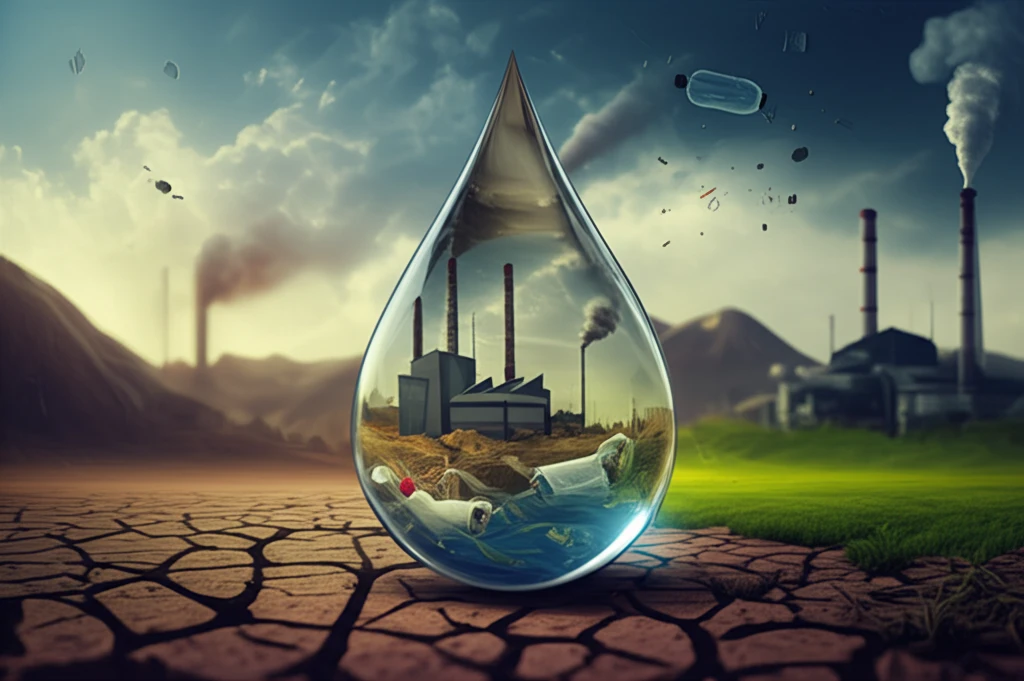
Is Your Water Safe? Unveiling the Hidden Dangers in Our Water Supply
"From emerging contaminants to microplastics, a closer look at the pollutants threatening our drinking water and what can be done to ensure access to clean, safe water for all."
Water, essential for life and civilization, faces unprecedented threats in the 21st century. As valuable as oil, access to clean water is increasingly scarce, with billions facing water insufficiency. The combination of population growth, industrial expansion, and climate change intensifies this global crisis.
The numbers paint a concerning picture. Hundreds of millions lack access to basic drinking water, and water scarcity affects billions more. Organizations worldwide are focused on tackling these problems, but the scale of the challenge is immense.
Freshwater resources are finite, and their depletion is accelerating. With agriculture consuming the majority of available freshwater, followed by industry and domestic use, the need for sustainable water management is more critical than ever.
A Cocktail of Contaminants: Understanding the Threats

Alternative water sources like wastewater and ocean water are being explored, but they come with their own challenges. Desalination, while promising, is energy-intensive and can have environmental impacts. Wastewater reuse requires advanced treatment to remove emerging contaminants that conventional systems often miss. What are these contaminants?
- Heavy Metals: Toxic elements like lead and mercury find their way into water systems from industrial processes and aging infrastructure.
- Emerging Contaminants: Pharmaceuticals, personal care products, and engineered nanomaterials are increasingly detected, posing unknown long-term health risks.
- Microplastics: Tiny plastic particles from consumer products and industrial waste are accumulating in water bodies, threatening aquatic life and potentially human health.
- Other Pollutants: Dyes, gasoline, pesticides, and fertilizers.
Taking Action: Protecting Our Water Future
Addressing the water pollution crisis requires a multi-pronged approach: stricter regulations, advanced treatment technologies, responsible waste management, and increased public awareness. By understanding the sources and impacts of water pollutants, we can work together to protect this precious resource and ensure access to clean, safe water for all.
